Exposure Metering Technique
Camera metering modes | Exposure compensation
more articles on exposure metering
![]()
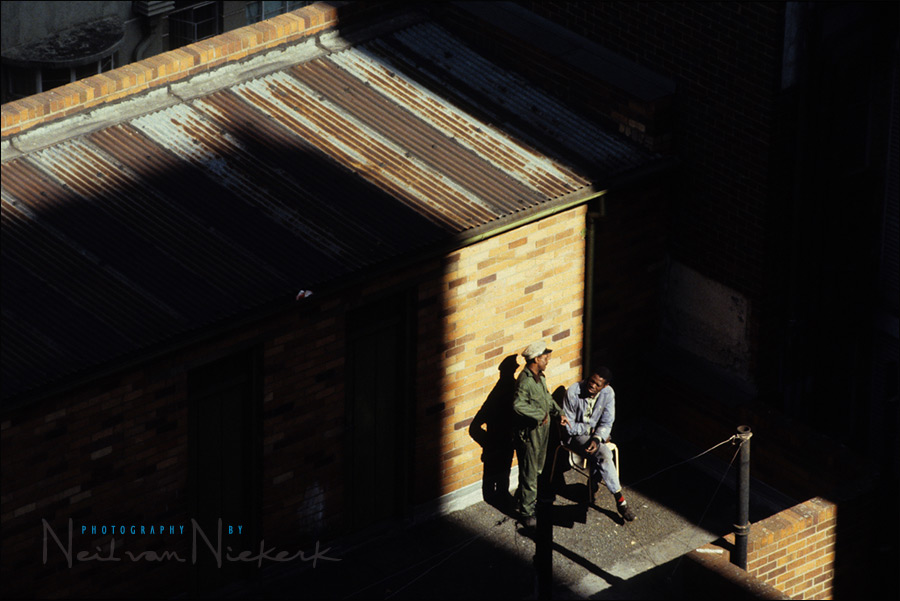
Camera exposure metering modes
The three metering modes offered on modern cameras are,
– center-weighted,
– evaluative / matrix metering,
– spot-metering.
In a broad sense, the choice of metering mode is often linked to which exposure mode you’re using. Essentially, the sophistication of matrix metering is ideal for when you’re relying on an automatic metering mode, whereas spot-metering is a metering mode which is used with more thought and specific intent – which most often implies manual exposure metering. (That said, I use manual metering mode nearly exclusively, and switch between any of the three metering choices dependent on the situation.)
With matrix metering, the picture area is divided into different sections, which are then metered with individual cells, and the exposure values evaluated and averaged out according to algorithms which are based on information gleaned from thousands of typical photo scenarios.
A simplistic example: if the top sections of the picture area (when viewed horizontally) are all much lighter than the bottom sections, then the matrix algorithm will ‘assume’ that the scene being photographed might be a landscape with lots of over-bright sky – and then would reduce the importance of the over-bright areas in the final exposure calculated. In other words, the matrix metering algorithm would then bias the exposure toward the bottom sections.
Yet, as sophisticated as matrix metering may be, it is still only a ‘guess’, and there are certain situations where the photographer will be able to make a better exposure than the camera’s automatic metering would.
As an example, let’s look at the photograph of the two men standing in the strip of sunlight again. With matrix metering, even though various sections of the scene would have been evaluated, the entire scene would have been taken into account in assessing the exposure – and the dark areas would still have affected the eventual exposure, and hence thrown the exposure settings off from what would have been ideal. A much more specific and consistent way to measure for a scene like that, would’ve been to take a selective meter reading – either with spot-metering off an appropriate area – or as was the case here, metering off another area which was similarly lit as the section I wanted to meter for.
Some magazine articles suggest that the photographer should use the spot-meter to measure off various areas and average it out to find the proper exposure. This may sound like a good idea, but is most likely unworkable in a real situation, requiring mental calculation by the photographer. Once again, a much better method in my opinion, would be to simply meter off an appropriate area as explained in the main Exposure Techniques page.
The choice between whether to use center-weighted or matrix metering is a more personal one. Some photographers claim to get more consistency with center-weighted metering because it is more predictable than matrix metering where the camera uses algorithms that we as photographers have no real insight to.
Other than if you have a specific reason to use center-weighted metering, you’re probably better off generally using matrix metering in favour of center-weighted metering. So that really leaves a choice between two modes – when to use matrix metering and when to use spot-metering.
Matrix metering is a much better approximation than center-weighted metering, and will give great results, but thinking about what you want, will enable you to overcome a lot of situations where even matrix metering will be fooled.
 next: Exposure compensation
next: Exposure compensation
Help support this website
If you find these articles of value, please support this website by using these Amazon and B&H affiliate links to order your photo gear.
I also offer photography workshops and tutoring sessions. There are also video tutorials, which are online workshops on photography.
Join us on the Tangents Facebook group for further discussions.
Neil vN
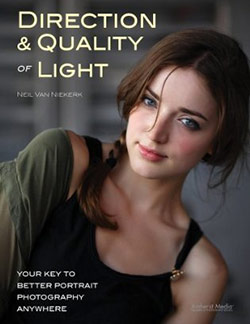
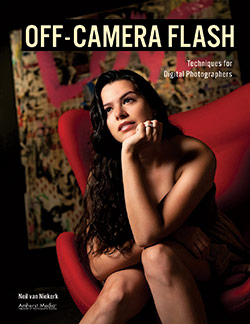
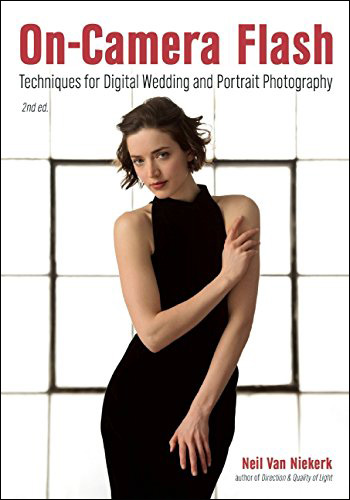
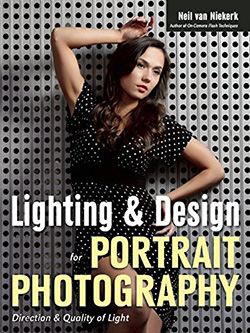
Hi Neil,
i was wondering, do you advocate the use of incident meters instead of the in-camera meter? I am toying with the idea of renting one to see if I get more accurate results. Was wondering if you use one too.
Dana, I would never tell anyone not to get a handheld flashmeter (ie, a lightmeter with flash metering capability), but for most simple studio lighting, and for pretty much all outdoor lighting, I can get by with interpreting the histogram; using my camera’s built-in meter; or just checking the LCD preview.
More on this page about metering techniques.
If i wanted to meter a sceene like one above with the guys on the roof, could we just zoom in get our reading in say centered weighted. Then zoom back out using the same readings for that zoomed in exposure?
Thanx, susan
Susan, absolutely. As long as your aperture doesn’t change as you zoom.
Would Susan’s suggestion also be accomplished by using spot metering without needing to zoom?
Mark, it would work, as long as you’re metering off an appropriate tone., or interpreting the tonal value of the area you are metering off.
ie .. you can’t just spot-meter someone’s white shirt and zero your meter’s needle.
Neil, please explain what exactly you do when you spot-meter off someone’s white shirt then – I seem to remember from somewhere that you mentioned zooming into the bride’s dress (here you warn Susan not to zoom if her aperture changes)- and spot-metering off the brightest area on the dress. What to do to get the correct exposure then – what should I do to my camera’s meter needle, please.
Exposure metering for the bride’s dress
It is also explained in my book, Direction of Light.
Neil, in the above sample picture, which area would be appropriate to spot meter and zero the needle?
Correct me if I’m wrong: I would meter off an area that is middle toned.. not too bright and not too dark. Maybe the area on which the two men are standing on? Seems medium gray to me. (It also depends on how much I can zoom)
Exactly! You could also meter off another entire different area that is in sunlight, and mid-tone.
For example, another building entirely next to that one. As long as you meter off an appropriate area.
Thanks for your patience Neil.
Although I noticed that the same questions are asked over and over again on different posts, you answer them each time. Hope you wont lose your patience with us any time soon.
It’s the short term memory thing … I don’t remember. ; )
Could you have made a CW meter reading from the roof that is lit up, or is the area too small? Or maybe a spot meter from the brown part of the roof, is it not mid tone? Seems like mid tone from squinting my eyes, but it might have looked different from the way you captured it. Do you pre-visualize while shooting, or do you alter exposure in post, or both?
The area is too small for a center-weighted meter reading. A spot-metered reading would’ve worked.
In this case, I didn’t alter the exposure in post, since this was shot with slide film. (The image is from decades back, and I pulled it out of the archives because it would be a good illustrative photograph here.)
There’s a certain discipline that comes when you can’t “fix it in Photoshop” that will help your photography technique, and specifically, your metering technique.
Niel
I’m unable to do much coz I can’t tear myself away from your amazing blog :)
I’ve got a question about spot metering…
lets say I’ve identified a scene I’d like to shoot, but the scene has a high DR.
could i spot meter my subject and expose correctly, then point my AF point to a highlight I intend on keeping in the frame, then use the meter reading to try and determine whether or not it will be blown out. if it is going to be blown out, adjust my exposure slightly to compensate, then repeat the process for a shadow area in my composition?
would this be a wise strategy or overkill?
You could do that … or alternately, it might be easier to just shoot the scene with a series of bracketed shots.
You would also need to take into consideration if you have your camera setup for “back button focus” and to split the metering and focusing into 2 separate steps. Most have theirs setup to meter and focus in one step. You would have to focus, meter and recompose in the “2 men on roof” scene.
Sometimes focus and recompose throws off your focus if your DOF is too shallow and the angle change throws the focus point off once recomposed.